8 Surprising Reasons Why Cats and Dogs Have Tails
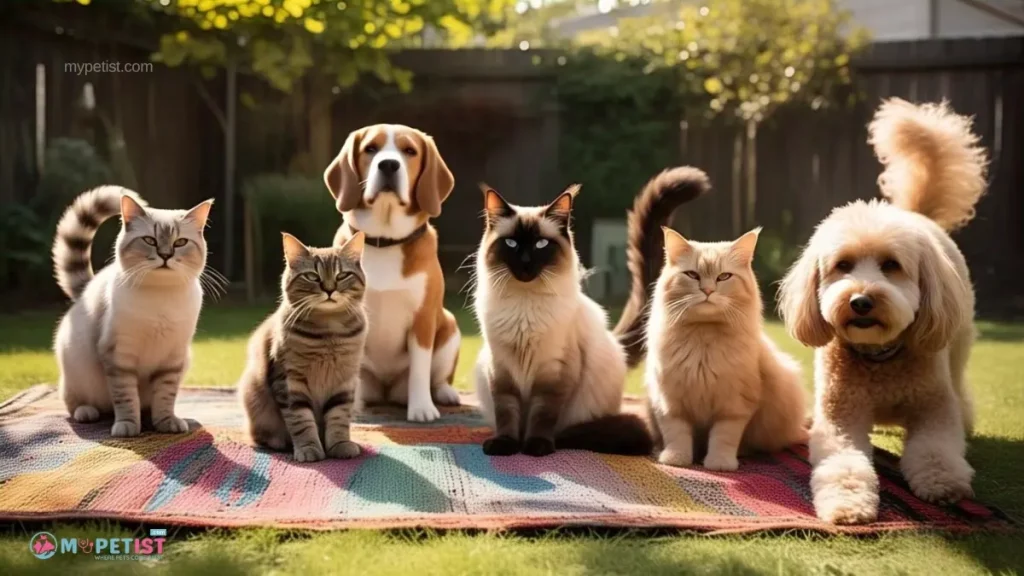
Alright, fellow pet lovers and biology buffs, get ready to wag your tails in excitement because we are about to uncover the furry mystery behind why our beloved cats and dogs rock those adorable tails! We all know that tails are more than just fluffy accessories – they play a crucial role in these four-legged pals’ lives, from communication to hunting prowess. So, buckle up because we’re diving into “8 Surprising Reasons Why Cats and Dogs Have Tails” – it’s like a wild Netflix documentary, but with more purring and tail-wagging!
8 Surprising Reasons Why Cats and Dogs Have Tails
Ever wondered why your cat’s tail seems to have a life of its own or why your dog’s tail can go from helicopter mode to stealth mode in seconds? Well, hold onto your leashes because we’ll be exploring how tails are not only fashion statements but also essential tools for survival and social interactions. From temperature regulation to hunting tactics, these tails have some seriously cool superpowers that will make you appreciate them even more. So, grab some treats (for you or your pets; both work), snuggle up with your furry friends, and let’s embark on this exciting journey together! Let’s dig deep into the world of tails and unravel the mysteries that make our pets even more fascinating companions. Let’s paws for a moment as we dive into this furry-tale adventure!
Evolutionary Advantage
Let’s dig into why tails are more than just furry appendages – they’re actually key players in the evolutionary success of our beloved feline and canine companions. Tails serve as nature’s perfect balancing act for cats and dogs, allowing them to move gracefully through their environment while maintaining stability. Imagine your doggo navigating a tricky obstacle course or your kitty strutting along a narrow fence; their tails are like built-in gyroscopes that keep them on track.
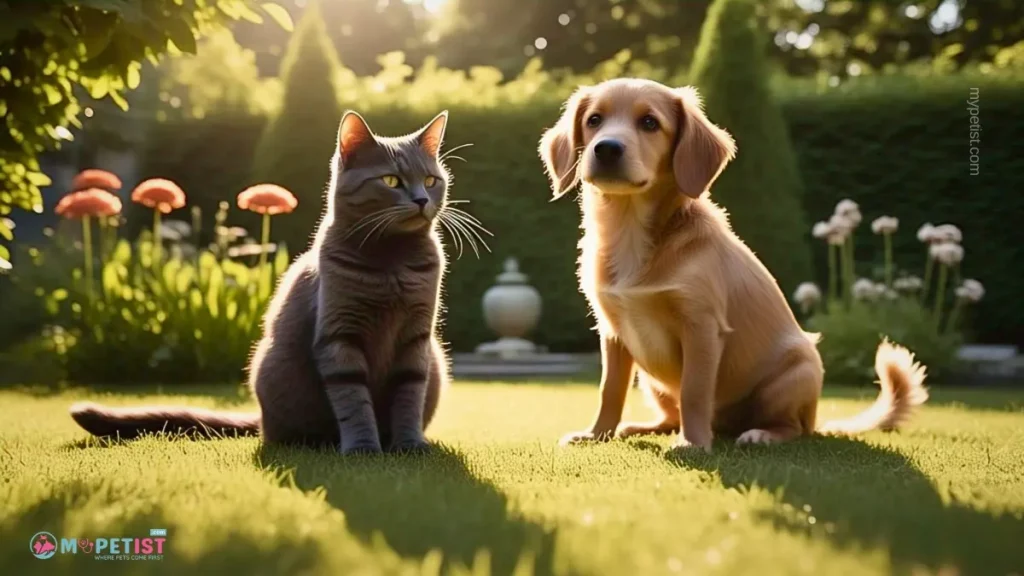
In the wild world of survival, communication is crucial. Dogs have perfected the art of wagging their tails to convey everything from joy to submission, acting as an unspoken language among canines. Meanwhile, your fluffy feline friend uses her tail not just for balance but as a mood ring of sorts. A twitch here, a flick there – cat owners know the emotional rollercoaster their pet’s tail can express without uttering a single “meow.” It’s like having a non-stop body language translator right at home!
Next time you witness your pup chasing his own tail with sheer determination or catch your kitty gracefully wrapping hers around your leg in affection, remember that these seemingly simple movements have deep-rooted evolutionary significance. Tails aren’t just wagging or swishing – they’re the unsung heroes that help our four-legged friends navigate the complexities of movement and emotion in their unique, adorable ways.
Temperature Regulation: Tails to the Rescue
When it comes to staying cool or cozy, our furry friends have their tails working overtime to regulate body temperatures. Picture this: your dog, after a playful romp under the scorching sun, rushes over and plops down right next to you, tail wagging furiously. That’s not just a happy wag; it’s also a clever move to beat the heat! Dogs employ their tails as natural fans, helping dissipate heat through increased air circulation – a built-in AC system at play.
On the flip side (pun intended), let’s talk about those majestic feline tails. Ever noticed how cats seem to transform into small fluffy pillows when snuggled up against them? Their thick, plush tails aren’t just for aesthetic appeal; they serve as nature’s heating pads during chilly evenings. Cats deftly wrap their tails around themselves like skilled burrito makers, trapping warmth close to their bodies to ward off the chill of dusk.
In essence, whether it’s dogs using tail twirls as cooling fans or cats flaunting luxurious furovercoats when winter strikes, these tales of temperature tailoring highlight how versatile and essential these appendages are for our beloved pets’ comfort across seasons. So next time you see those wiggles and fluffs in action, remember – it’s not just flair; it’s functional fashion for our four-legged companions!
Enhanced Sensory Perception
When it comes to our feline and canine friends, tails play a crucial role in enhancing their sensory perception beyond what meets the eye. These furry appendages are not just for show; they serve as intricate extensions of cats’ and dogs’ sensory systems. For dogs, their tails act as more than just a wagging indicator of joy or excitement – they also assist in detecting odors. Ever wondered why Fido can sniff out treats from across the room? Well, his tail may be playing a part in helping him catch those delicious scents and communicate with other animals effectively.
On the other hand, cats have mastered the art of utilizing their tails for spatial awareness and detecting vibrations in their surroundings. Picture your cat perched on a high shelf, her tail flicking elegantly as she keenly observes her domain. That very tail is acting as a radar of sorts, allowing her to sense even the tiniest movements or changes around her. This heightened sensory perception thanks to their tails contributes to both cats’ and dogs’ ability to navigate their environment with precision and agility.
In essence, these seemingly simple extensions at the end of our pets’ spines are sophisticated tools that aid them in understanding the world around them on a deeper level. Whether it’s picking up scents or feeling vibrations, tails provide cats and dogs with an added layer of perception that enriches their everyday experiences and interactions with both their environments and fellow creatures. So next time you see your pet gracefully swaying its tail, remember that it’s not just an accessory – it’s a vital component of their sensorial toolkit!
Social Signaling: Understanding the Wagging Tails and Flippy Furry Signals
Just when you thought your furry friend couldn’t get any more fascinating, here comes the tail – a social powerhouse in the world of pets! Ever noticed your dog’s tail doing the happy dance when you walk through the door? That’s not just a wag; it’s a full-on celebration of joy and love. Dogs use their tails to communicate an array of emotions, from pure elation at playtime to subtle signals of submission during interactions with other pups.
On the flip side (or should we say flip tip?), feline friends have their own unique ways of flaunting their social prowess through tail language. While dogs are all about that wag, cats are masters of nuance. A raised, bushy tail might indicate excitement or alertness, while a flicking tail could be a sign of annoyance or concentration – it’s like decoding ancient hieroglyphs but with whiskers and purrs.
So next time you catch your pet wagging or flicking its tail, remember that they’re not just swishing for fun – they’re engaging in a sophisticated conversation without uttering a single meow or bark. It’s their secret code for sharing feelings, establishing boundaries, and cementing bonds with their fellow furry pals in the most pawsome way possible.
Hunting and Prey Detection
Ever wondered why your feline friend’s tail flicks so subtly when they’re eyeing that toy mouse or why your canine companion’s tail wags with such determination during a game of fetch? It turns out that cats’ and dogs’ tails are key players in their hunting techniques. For cats, those elegant tail movements aren’t just for show—when they’re on the prowl, their tails help them maintain balance during those stealthy stalk-and-pounce maneuvers. Imagine their tails as the final flourish before they unleash their inner predator!
On the other hand, our canine pals rely on their tails not only for balance but also for agility when chasing after prey. Picture this: your dog spots a squirrel in the yard and takes off like a rocket, their tail acting as a rudder to help them navigate sharp turns and sudden stops. Next time you see Fido charging after a tennis ball at full speed, appreciate how that wagging tail is more than just an adorable sight—it’s a crucial aid in their hunting skills.
So, the next time Mittens is mesmerized by a laser pointer or Rover goes into stealth mode around a butterfly, take a moment to observe how their tails play an essential role in honing their hunting abilities. These furry appendages are not just accessories; they’re finely tuned tools that help your pets tap into their wild instincts—even if it’s just during playtime in your living room!
Communication with Humans
You know that moment when your cat flicks her tail or your dog wags it furiously? Well, these furry appendages aren’t just for show; they’re like secret telegraphs trying to convey important messages! When your dog’s tail is wagging like a windshield wiper on high speed, it usually means they’re as happy as a squirrel in a nut factory. Slow and low tail swishes might signal curiosity or caution. On the other hand, cats use their tails more subtlety – raised upright shows they’re feeling confident and maybe even friendly, while sudden thrashing may say ‘back off, hooman!’ It’s like they have their own Morse code!

Imagine being able to decipher this silent pet language without missing a beat. Cats and dogs often tailor their tail behavior (yes, pun intended) depending on whom they’re interacting with – you! Through years of bonding, pets pick up on how we react to their tail movements and adjust accordingly. So next time Fido greets you at the door with his tail held high or Fluffy curls hers around your legs like a fuzzy boa constrictor, remember – it’s all about communication.
Understanding this non-verbal dialogue can deepen the human-animal bond beyond words. If we pay close attention to these subtle cues, we can respond appropriately to our pets’ needs and emotions. Maybe that little twitch from Fluffy reveals she’s ready for cuddles, or perhaps Fido’s wagging signals he’s eager for a walk in the park. Knowing how cats and dogs use their tails to express themselves adds an extra layer of connection in our already paw-some relationships.
Health Indicators
Apart from being cute and fluffy, the tails of our beloved pets also serve as essential health indicators. Just like humans express emotions through body language, cats and dogs use their tails to communicate discomfort or pain. For instance, a sudden change in your cat’s usually upright tail position might signal an underlying health issue that requires attention. Similarly, a dog who holds its tail between its legs could be experiencing anxiety or physical discomfort. Understanding these subtle cues can help pet owners provide timely care and support for their furry companions.
Injuries to the tail can have significant consequences on the overall well-being of cats and dogs. Imagine your pup wagging its tail happily but then yelping in pain due to a tail injury – it’s a heartbreaking scenario for any pet parent. Tail injuries not only affect mobility but can also impact a pet’s mental health, as they may struggle to express themselves without this crucial appendage. Proper care, attention, and regular checks are essential to prevent such injuries and ensure that your pets lead happy and healthy lives.
As responsible pet owners, it is important to pay close attention to our furry friends’ tails as part of their overall well-being assessment. By recognizing the signs that indicate potential health issues or injuries through changes in tail behavior, we can address these concerns promptly and ensure our pets receive the care they need. Remember, being attuned to your pet’s non-verbal cues can strengthen the bond between you and your four-legged companion while promoting their long-term health and happiness.
Grooming Assistance: Tails as Essential Self-Cleaning Tools
Apart from their roles in communication and balance, the tails of cats and dogs play an unexpectedly crucial role in their grooming routines. These furry appendages are not just decorative; they serve as self-cleaning tools that aid in maintaining hygiene. Cats, famously known for their meticulous grooming habits, use their tails to reach difficult spots to ensure a clean coat. Imagine your cat carefully licking its tail before using it to groom behind the ears or around the face – it’s like having a built-in bath brush handy at all times!
Dogs, on the other hand, may not be as meticulous groomers as cats, but their tails still contribute to keeping them clean and healthy. They use their tails during grooming sessions to reach areas like their hind legs or lower back where their tongues can’t easily reach. By incorporating tail movements into their grooming routine, dogs ensure that dirt and debris are effectively removed, preventing potential skin issues that could arise from poor hygiene. So next time you see your dog chasing its tail, remember it might just be nature’s way of ensuring good personal hygiene!
In addition to aiding in coat cleanliness, tails also play a role in maintaining overall body health for these animals. As essential tools for grooming assistance, the tail indirectly contributes to preventing diseases linked with poor hygiene. By enabling thorough self-cleaning routines through tail utilization, cats and dogs can avoid potential skin infections or parasites that thrive in unclean fur. Therefore, consider your pet’s tail not just a playful appendage but a vital aspect of their daily grooming regimen that helps them stay happy and healthy!
Conclusion
In a world where tails wag and twitch, we’ve uncovered the mysteries behind why cats and dogs sport these furry appendages. From aiding in balance during acrobatic maneuvers to signaling emotions with a flick, tails are more than just fluffy decorations – they are essential tools for our beloved pets. By delving into the surprising reasons behind these tail-tastic wonders, pet owners can not only deepen their understanding of their furry companions but also strengthen the unbreakable bonds that tie humans and animals together.
By grasping the evolutionary advantage of tails in maintaining equilibrium and communicating emotions, pet parents can observe their pup’s wiggly greetings or discern a cat’s subtle expressions through tail positions. Understanding how tails serve as social signaling tools encourages us to pay closer attention to the messages our fluffy friends convey through wagging or swishing movements. Furthermore, recognizing the health indicators displayed by changes in tail posture can prompt timely interventions for pain or discomfort that our pets may be experiencing.
As we wrap up this tail-wagging journey, remember that each flick, curl, or wag serves a purpose beyond mere aesthetics – it’s a reflection of an intricate language spoken by our furry companions. So next time you catch your feline friend’s tail held high like a flag or your loyal canine companion’s tail beating against the ground like a drum, take a moment to appreciate the silent conversation unfolding before your eyes. Understanding and respecting the significance of these tails not only enriches our relationships with our pets but also deepens our connection with the mesmerizing world of animals around us.
Final Tips
1. Embrace the Tail Talk: Observing and understanding your pet’s tail language can deepen your bond. Make it a fun game to decode what your furry friend is trying to communicate through their tail movements. For example, a dog with a wagging tail held high might be excited, while a cat with a puffed-up and twitching tail could be feeling uneasy.
2. Tailored Care: Remember that tails are an extension of your pet’s body, so handle them with care. Avoid pulling or tugging on tails as it can cause pain or discomfort for your furry companion. Regularly check your pet’s tail for any signs of injury, swelling, or changes in movement that could indicate underlying health issues.
3. Keep Cool (or Warm): Help your pet utilize their tails for temperature regulation by providing them with comfortable living conditions based on their breed and environment. Consider offering cooling mats for dogs during hot weather to assist them in staying cool through air circulation around their bodies. Similarly, provide warm blankets for cats during colder seasons so they can use their fluffy tails for added insulation.
These tips aim to enhance the relationship between you and your four-legged friend by appreciating the multifunctional role of their tails in daily interactions and overall well-being.
Unraveling the Mystery Behind Those Wagging Tails!
After diving into the fascinating world of tails, it’s clear that our furry companions’ appendages are more than just fluffy adornments. From aiding in balance to being important tools for communication, cats and dogs rely on their tails for a myriad of reasons that enhance their daily lives. Understanding these functions not only deepens our appreciation for our pets but also strengthens the unique bond we share with them.
So, the next time you see your cat elegantly flicking its tail or your dog gleefully wagging theirs, remember the intricate roles these appendages play in their well-being and interactions. By recognizing the significance of tails in the lives of our beloved pets, we can ensure better care and communication with them, ultimately enriching our shared experiences. Embrace those wiggles and twitches as meaningful gestures that convey a world of emotions from our four-legged friends!
FAQs:
Why do cats and dogs have tails?
– Cats and dogs have tails for various reasons, including balance, communication, temperature regulation, sensory perception, social signaling, hunting assistance, communication with humans, health indicators, and grooming purposes.
Can cats and dogs still function if they don’t have tails?
– While cats and dogs can adapt to life without tails to some extent, these appendages serve crucial functions that aid in their daily activities and interactions.
Do all breeds of cats and dogs have tails?
– No, there are specific breeds within both species that are naturally born without tails or with shortened tail lengths due to genetic variations.
How can I tell if my pet’s tail is injured?
– Signs of tail injuries may include changes in position or movement inability. If you suspect your pet has a tail injury, it’s best to consult a veterinarian for proper evaluation and treatment.
Are there any special ways to care for my pet’s tail?
– Proper grooming practices such as regular brushing or cleaning around the tail area can help maintain good hygiene for your pet’s tail. Additionally, monitoring any changes in tail behavior can provide insights into your pet’s overall well-being.
Do cats use their tails differently from dogs?
– Yes! Cats often use their tails more subtly for communication through subtle movements like twitching or wrapping around objects compared to the flashy wagging seen in most dogs.
Can I communicate better with my pet by understanding their tail movements?
– Absolutely! Observing your pet’s tail positions can give you valuable insights into their emotional state or needs which aids in strengthening bonds between you two while ensuring they feel heard and understood.
Now armed with newfound knowledge about why those furry extensions matter so much to Fluffy and Fido alike—be sure to show some extra love next time you notice those intriguing little swishes!

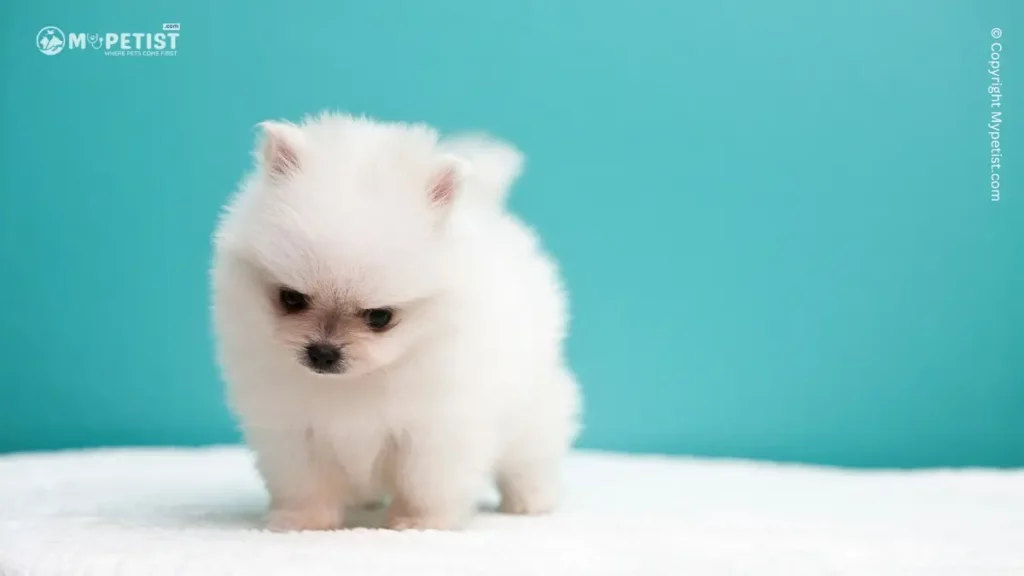
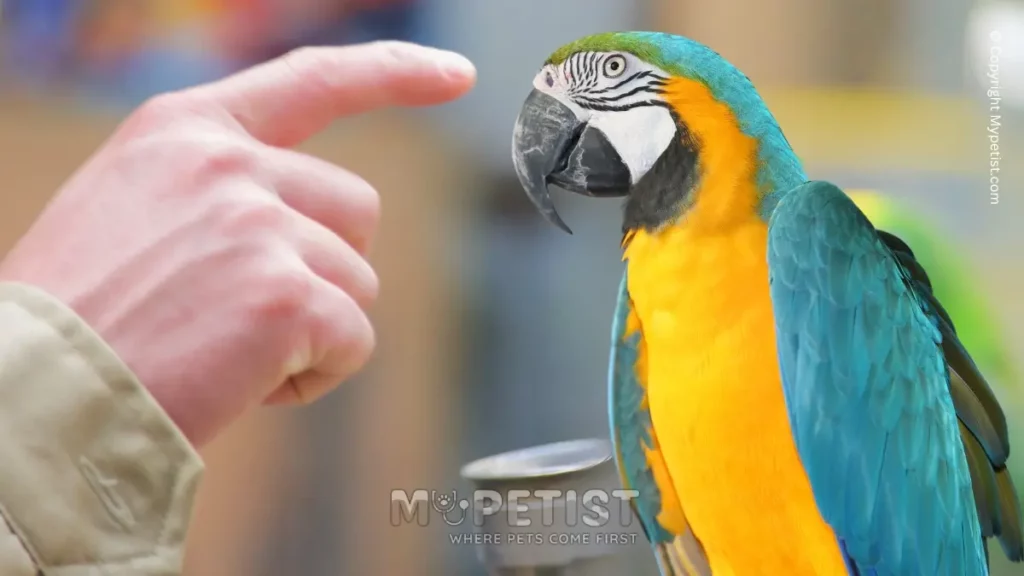
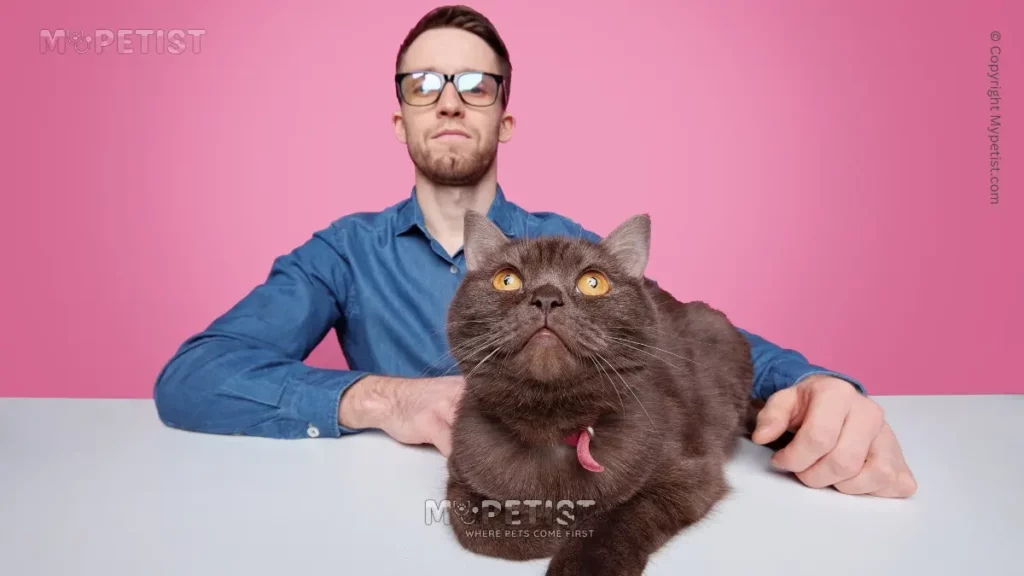
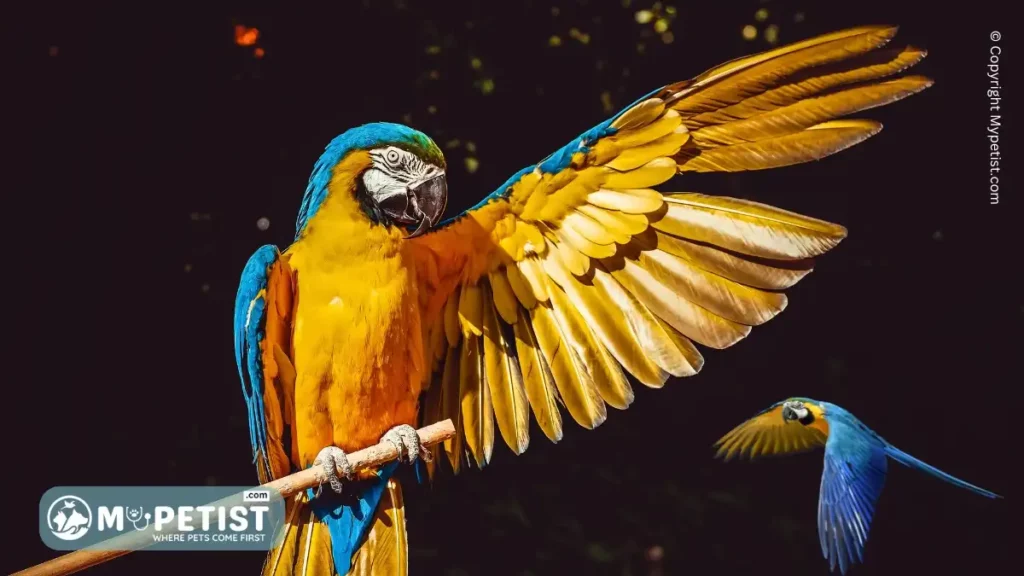
Responses